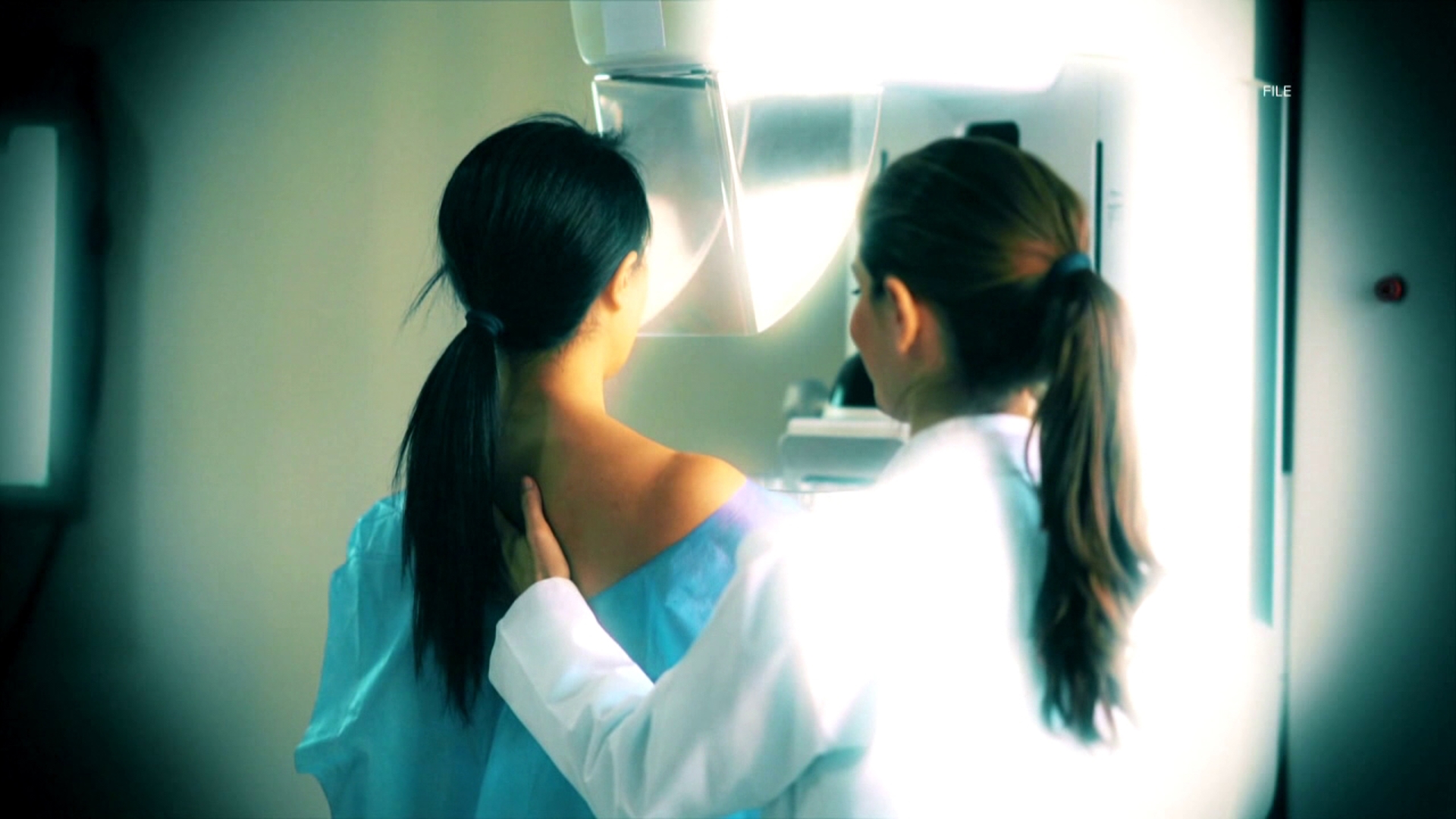LOCK HAVEN, Pa. — According to the American Cancer Society, one in eight women in the United States will receive a diagnosis of invasive breast cancer in their lifetime.
Health experts advise women at risk of the disease to start breast screenings at the age of 40.
"These are women who do not have a personal history of breast cancer, don't have a strong family history of breast cancer, and do not carry one of the high-risk breast cancer-related genetic mutations like BR-C 1 and 2," said Dr. Mohammad Tahir, a breast specialist at UPMC Williamsport.
Dr. Mohammad Tahir, a breast specialist at UPMC in Williamsport, adds that women who have not undergone chest radiation therapy before the age of 30 should also undergo screening.
So, how often should women be screened?
"Women aged 40 to 54 will be recommended yearly screening mammograms, and from age 55 onwards, they can choose to continue the yearly mammograms, or they can switch to having a mammogram every other year," explained Dr. Tahir.
Although traditional breast screenings involve two-dimensional imaging, new 3D technology captures multiple slices of breast imaging, particularly beneficial for dense breasts.
"The radiologist can access the breast imaging slice by slice, and they can scroll through all the breast tissue," said Dr. Tahir.
One of the places that offers 3D screening is the Kathryn Candor Lundy Breast Health Center, part of UPMC Magee-Womens in Williamsport.
"We provide all types of services from the initial diagnostic workup until the end of treatment for breast cancer and other breast-related issues," said Dr. Tahir.
One of the best courses of action in detection is knowing your own body.
While breast tissue does transform with normal hormonal changes, Dr. Tahir says women should keep an eye out for any abnormalities, "If they notice any changes like a lump that is nearly detected, or if they notice changes in the breast skin like indentation or skin thickening, or they notice nipple retraction or discharge, especially bloody or dark brown nipple discharge."
If changes are persistent, especially if one breast looks different than the other, Dr. Tahir adds that you should seek medical attention.

